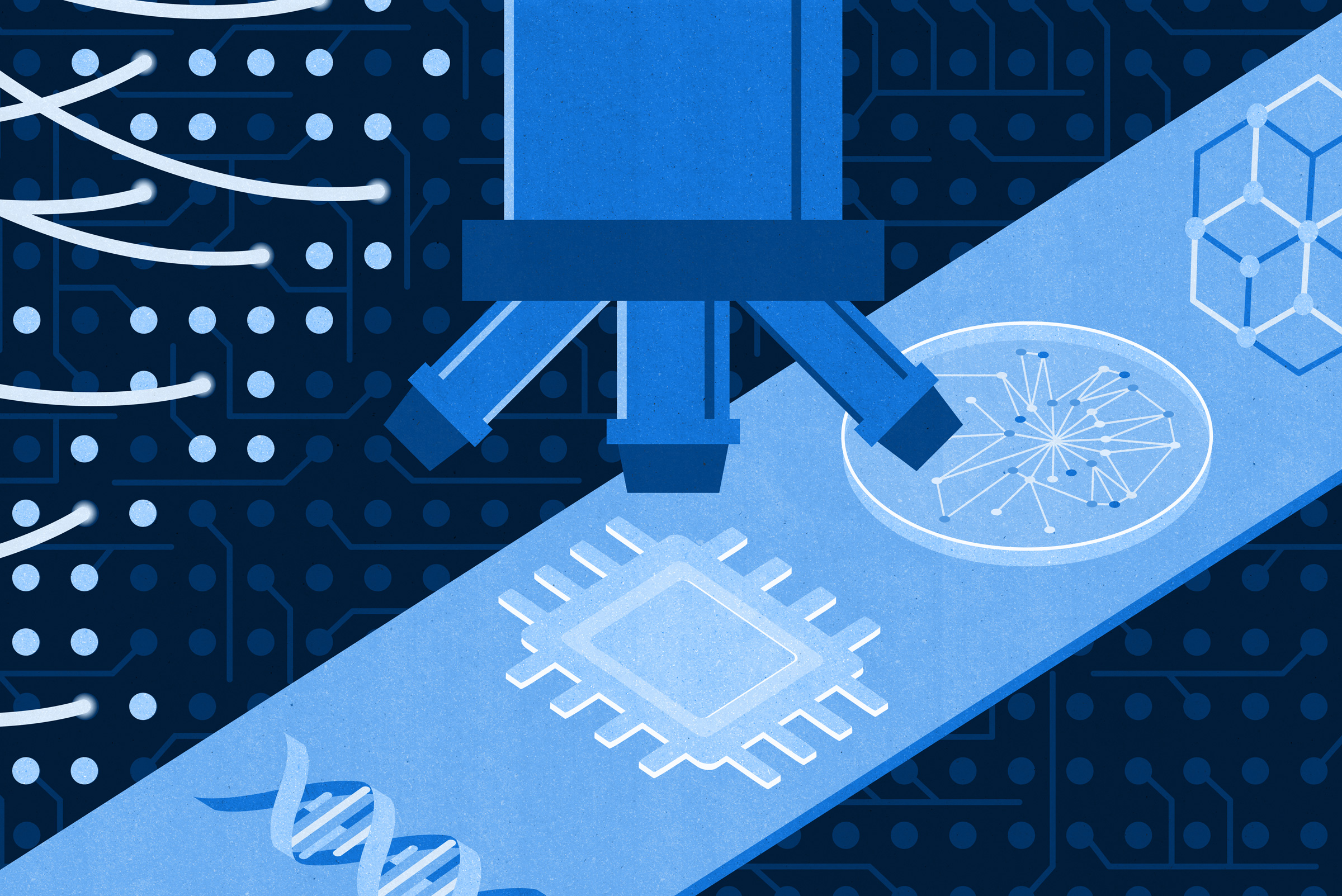By: CIFAR
29 Jun, 2018

This study compared computational predictions with experimental measurements to demonstrate the importance of generating highly reactive nickel species (Ni4+) for the catalytic conversion of water into oxygen in neutral pH solution.
The conversion of CO2 into carbon-based fuels and products (such as methane, carbon monoxide, methanol, ethylene, etc.) could help reduce our dependence on fossil fuels while simultaneously mitigating net CO2 emissions through a CO2 recycling process. To do this, water must first be converted into oxygen, which releases the electrons and protons needed to turn CO2 into artificial fuels. However, an ongoing problem is the lack of catalysts for water oxidation that operate efficiently under neutral-pH conditions – the ideal conditions for CO2 conversion – resulting in the need for large energy inputs to run the overall process with any reasonable rate of production.
To reduce this energy requirement and improve efficiency and turnover at neutral pH, Professor Ted Sargent (CIFAR Program Director, Bio-inspired Solar Energy; University of Toronto) and colleagues recently took an atomistic approach to this problem.1 The researchers posited that the key is the generation of highly reactive metal sites (specifically highly charged nickel species (Ni4+)) created with minimal electrical energy input to drive electrochemical water oxidation in neutral pH with high efficiency. Previous studies have reported high conversion rates in neutral pH for metal catalysts that contain phosphorus,2 which Sargent and coworkers reasoned could help promote the formation of highly reactive metal species in their own catalysts. Adding other metals (such as iron (Fe) and cobalt (Co)) can also increase the activity and efficiency for water oxidation,3,4 suggesting another key to optimizing these materials.
To that end, the researchers ran a series of computational simulations to understand the effect of the presence of phosphorus and other metals on the stability of nickel structures and specifically on the presence of Ni4+. They then compared the results of these computational studies with real experimental measurements using an advanced technique called in situ soft X-ray absorption spectroscopy (sXAS) to look for these important, highly reactive nickel centres in their materials under operational conditions. By combining their optimized nickel-containing water oxidation catalyst with a known, highly active CO2 reduction catalyst, the research team was able to demonstrate a fully functioning CO2 electrolyzer operating in neutral pH electrolyte with high efficiency, low electrical energy input and long-term stability for the production of artificial fuels.
This study confirmed the importance of metal and phosphorus dopants in stabilizing highly reactive nickel sites in mixed metal catalysts for the conversion of water into oxygen. Theoretical calculations using DFT and experimental measurements using sXAS both confirmed the expected presence and stability of Ni4+ under operating conditions, which is the key to achieving high activity in these materials. The NiCoFeP oxyhydroxide catalyst beat out all other tested catalysts, including the best commercially available IrO2 catalyst, demonstrating the first Earth abundant catalyst to consistently outperform a precious-metal oxide catalyst for water oxidation in a pH-neutral medium. This catalyst was found to perform consistently for almost 100 hours with essentially no loss in efficiency, and combined with a state-of-the-art CO2 reduction catalyst could convert water and CO2 into oxygen and carbon monoxide at an overall efficiency of 63% with essentially no loss in activity over long periods of testing.
This study has important implications for the commercial development of CO2 electrolyzers. In particular, the optimization of a water oxidation catalyst in neutral pH electrolyte is an important step towards decreasing the energy required to operate these electrolyzers, which traditionally require two different electrolytes separated by a membrane that can create unwanted resistance across the system. In addition, the long-term stability demonstrated by these cheap, Earth-abundant and efficient catalysts is key to developing an industrially reliable electrolyzer system. Such systems in their fully developed form could see applications across the industrial landscape, from refineries and manufacturing plants to refueling stations and even one day in private residences.